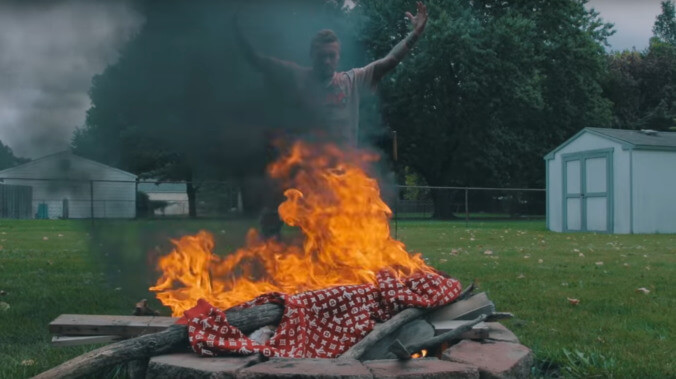Meet the subset of influencers who burn expensive shit for clicks

The machinery that keeps influencers running is complex, multifaceted, and, above all else, terrifying. While some internet personalities exist only as forces for good (see: the “cleanfluencers,” that guy in a suit who reviews everything), they’re outweighed by the masses of inexplicably wealthy people who do stuff like fake-going to Coachella and monetizing their weddings and newborn children in service to the implacable gods of content. This sort of devotion can be pretty puzzling. It drives influencers to do stuff that, as the examples above show, nobody should do. The #engagement hunger can grow so powerful, in fact, that it’s led to a bunch of influencers just destroying expensive Supreme clothes and other branded products as a way to keep people invested.
Videos showing this sort of thing are all over YouTube and Instagram. In the one above, which was posted a few years ago, a YouTuber films a Louis Vuitton/Supreme collaboration hoodie (claimed, then, to be worth about $4,000) being stomped and pissed on, smeared with food, run over by a truck, and then doused in lighter fluid and set on fire. Elsewhere, an Instragram post shows seven different Supreme accessories, from mugs to Christmas tree ornaments, being crushed by a car’s wheel. In another, a guy takes a pair of AirPods whose case has been wrapped in a Supreme sticker, and drops them in water, throws them against a wall, and then drives over them in a car.







































